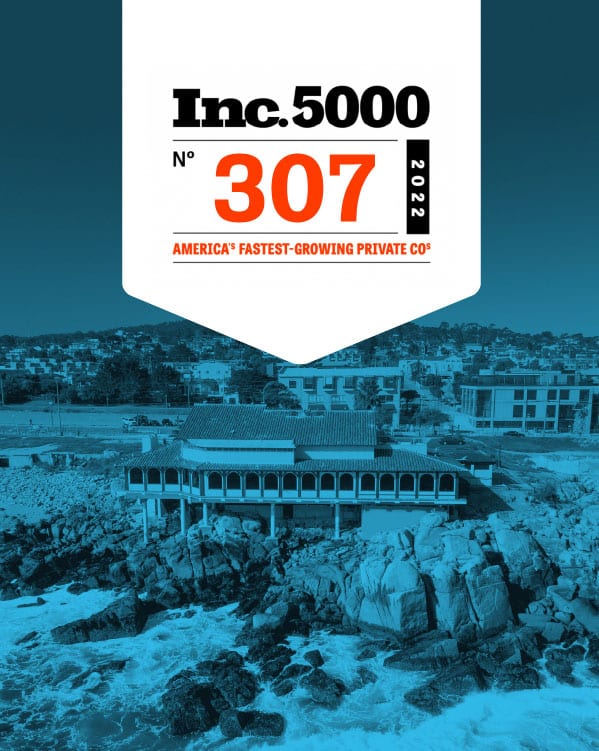According to The Construction Industry Institute, there are about 107 construction risks you should consider when managing a project. Given how difficult it is to mitigate and control risk, construction software is one solution that can be used during project planning that can help manage multiple risks if implemented early on in the course of the project. To further understand how software can help control a project’s risk, it is crucial to understand the major types of construction risks. Typically, risks on construction sites fall under one of three categories that include: design, finance, and schedule.
Design
Design management is a growing risk that must be carefully controlled. Two key design aspects that need to be carefully overseen are the design schedule and project budget as design progresses. During the design phase, there always seems to be a time when the design process is taking longer than anticipated and this can happen for a multitude of reasons. When delays occur, some project teams may decide to accept an unfinished design that is “good enough” to build just so construction can start on time. This scenario is increasingly more common in today’s market where speed to start construction is the primary request from owners. This is NOT a standard practice and is NEVER recommended. Essentially the design phase is the planning phase and just as Abraham Lincoln was famously quoted as saying, “Give me six hours to chop down a tree and I will spend the first four sharpening the ax.” Therefore, why would development and construction planning be any different? Additional time spent in planning can translate to cost and time savings during the actual construction.
Another area that needs to be carefully managed and updated throughout the design phase are the project budgets. In our office, we like to call this “cost avoidance.” A standard practice where the project budget is compared to the design plans at certain milestones to ensure that there are no surprises come construction commencement. Cost avoidance is easy however, with a preferred developer utilizing a design-build delivery method and its network of architects, consultants, and planners to ensure design issues are not overlooked or ignored in the planning phase.
Finance
Primarily, finance issues are a result of bad planning and coordination. Financing a project is always an obstacle in the development and construction of new locations. However with proper planning, design oversight and setting forth realistic budgets, it should not become an issue once financing has been obtained. Cost overruns and costly change orders are avoidable. As many know, if a project experiences a budget increase of even a small percentage, it could affect not only the managing company’s future liquidity, but also your risk of not being able to cover your general operational costs. And as a new location this can be detrimental. We always recommend project contingency funds to be set aside for unforeseen or other mandated changes that may present themselves.
To avoid budget pitfalls, realistic planning and budgeting is key. Relationships with SBA lenders and other commercial financial lenders is an added bonus when you engage a preferred development as this will help to speed up the process and allocate resources properly.
Schedule
Ever heard of the phrase “time is money?” Well in the construction industry, this phase is imperative. Poor scheduling can lead to a devastating impact on the overall project and budget. One minor miscommunication or mistake could completely set back your schedule by weeks or even months due to issues arising from reworking areas or re-booking subcontractors. The design-build delivery method for projects allows input from key sub-contractors and consultants early on in the planning phase and thus allows a realistic project schedule to be set forth. It is then up to the project management team to adhere to the published schedule and hold all other parties accountable for their portion.
Why You NEED Commercial Developers: SCGWest Development
Risk management helps the project owner and project team meet their commitments and minimize negative impacts on the overall project. SCGWest has carefully crafted all of our construction processes, guided by our commitment to our clients’ success and drive to continually leverage the best practices, materials, equipment, and technology available. What differentiates SCGWest is that we oversee the design and construction teams and provide the owner with one point of contact. We will assist with the scope development, design team and key-contractor selections, and set up controls for project accounting and project closeout. Concept development and operations management may be among restaurant owner’s core competencies, but few have expertise managing the design and construction process– which is where SCGWest is here to help!

